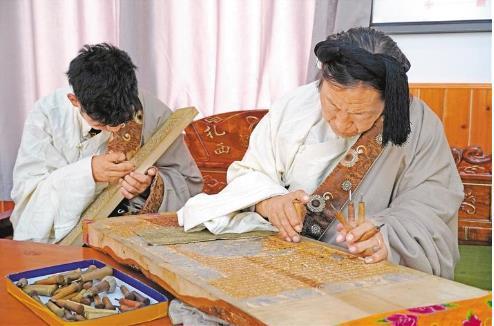Source:Xinhua 2023-06-21

LHASA, April 4 (Xinhua) -- A series of archaeological excavations and investigations were carried out in southwest China's Tibet Autonomous Region last year, providing important facts for understanding the region's ancient history and culture.
The regional institute of cultural relics protection carried out 10 archaeological excavations, seven special investigations and 16 archaeological investigations and assessments of infrastructure construction in the cities of Lhasa, Shannan and Nagqu and Ngari Prefecture in Tibet, said Li Linhui, director of the institute, at a Monday press conference on Tibet's cultural relics and archaeological achievements.
The archaeological activities were jointly launched by the regional institute of cultural relics protection and several domestic archaeological research institutions, including the National Centre for Archaeology and the Institute of Vertebrate Paleontology and Paleoanthropology.
The institute also used data acquisition technology to digitally protect the murals of two grottoes and a temple in Zada County, Ngari Prefecture, as well as those of the small and medium-sized temples in the cities of Lhasa, Shannan, Nyingchi, Qamdo and Nagqu.
"The archaeological work has provided an important scientific basis for understanding the ancient history and culture before the Tubo period in Tibet," said Li Yongxian, a professor with the school of archaeology and museology at Sichuan University.
"Over the years, the institute has continued to promote the archaeological work of cultural relics on the Qinghai-Tibet Plateau, presenting to the public the historical facts of exchanges and integration of various ethnic groups in Tibet since ancient times through new archaeological and historical research results," Li Linhui added.